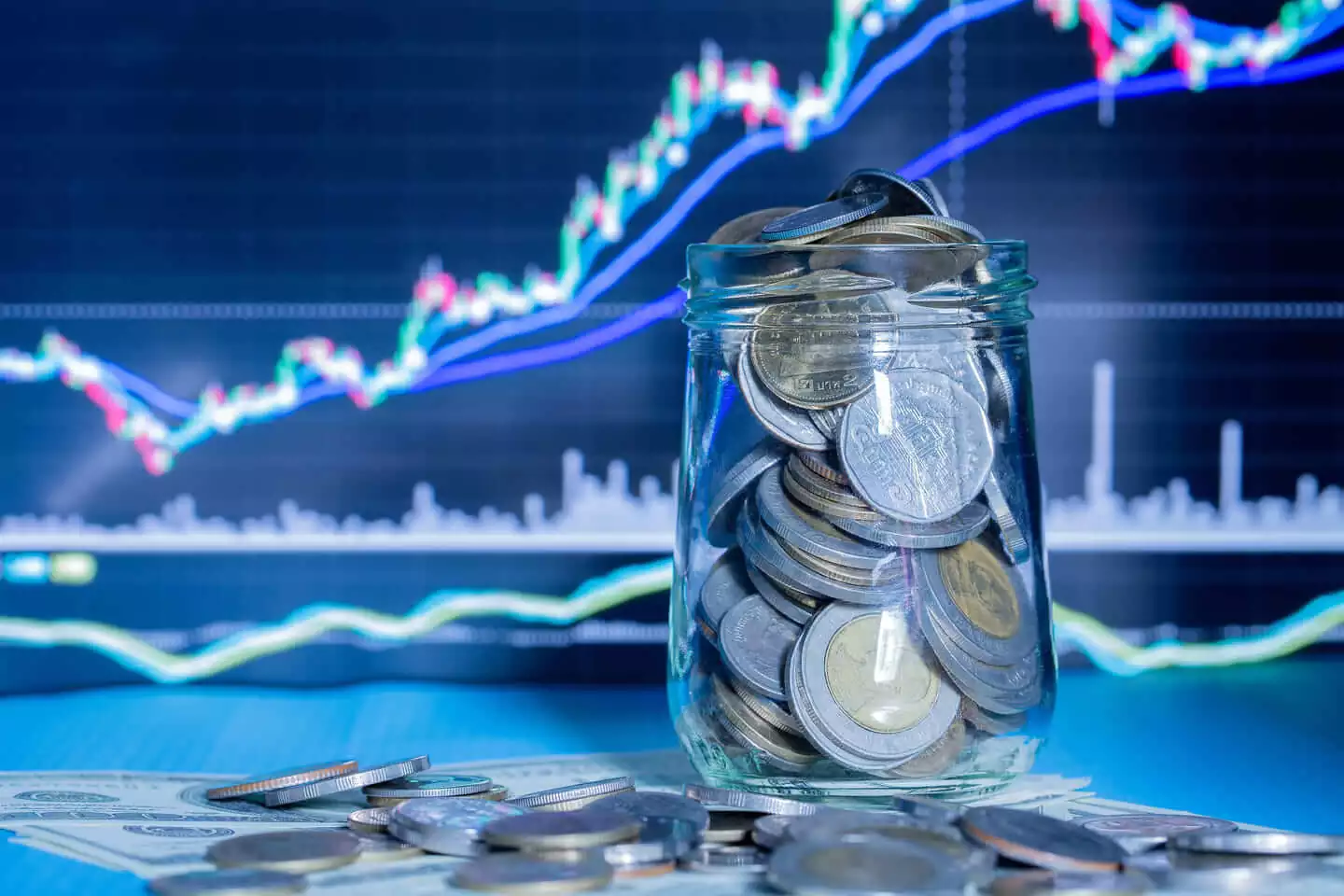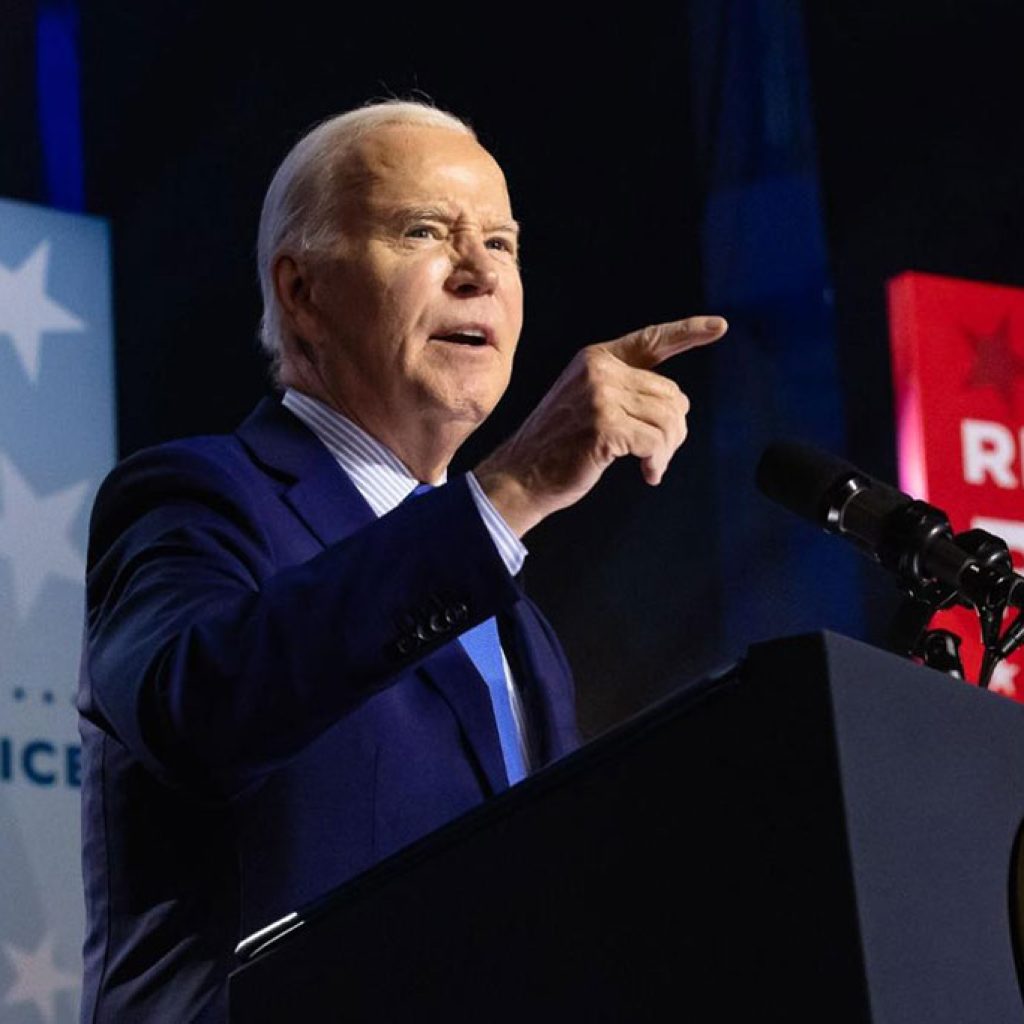Investors are throwing down serious cash—nearly $90 billion—into U.S. money market funds, and they’re doing it fast. In the first half of August alone, a staggering $88.2 billion flowed into these funds.
What’s driving this? Simple. Big players are betting on juicy yields before the Federal Reserve cuts interest rates next month.
Money market funds aren’t just your average savings account. They’re a step up, holding cash and short-term assets like government debt.
With yields from Treasury bills expected to dip, institutional investors—think large entities managing money on behalf of others—are piling into these funds, hoping to lock in better rates.
According to EPFR, the tracker that monitors these flows, this August surge is the biggest we’ve seen for the first half of any month since November last year.
These investors are getting ready for what they believe will be an interest rate drop from the current range of 5.25% to 5.5%. And they’re doing it now because they know that Treasury bill yields tend to fall before and right after the Fed cuts rates.
Now, if you’re wondering why people aren’t just parking their money in stocks or bonds, the answer is simple. Money market funds are still seen as a safer bet, especially with the rollercoaster ride the market’s been on.
Last year was a banger for these funds, with rates hitting a 23-year high to fight off inflation. Net inflows? A record $1.2 trillion, according to EPFR. That was fueled by retail investors, but now it seems like the big institutions are jumping on board too.
The Fed isn’t expected to slash rates in one fell swoop. Industry insiders predict a more gradual approach, meaning the yields on money market funds will slowly drift lower over time.
The weak U.S. jobs data earlier this month caused some recession fears, but stronger economic numbers later eased those concerns. Still though, the market is still betting on just under a full percentage point of cuts by year-end.
Meanwhile, the U.S. dollar has been taking a hit against the Japanese yen, and it’s likely to continue its downward slide. Some analysts believe that this weakness could persist against several major currencies through the end of the year.
This comes after yet another day of dollar selling, with traders waiting for revised U.S. labor data. ING flagged these revisions as a potential “downside risk” for the dollar.
The carry trade involves borrowing in a currency with low interest rates—like the yen—and using that money to invest in higher-yielding assets elsewhere. It’s been a popular strategy, especially with Japanese interest rates staying rock bottom.
But with the yen gaining ground, those trades might not be as appealing anymore, which could keep the dollar on the defensive.





